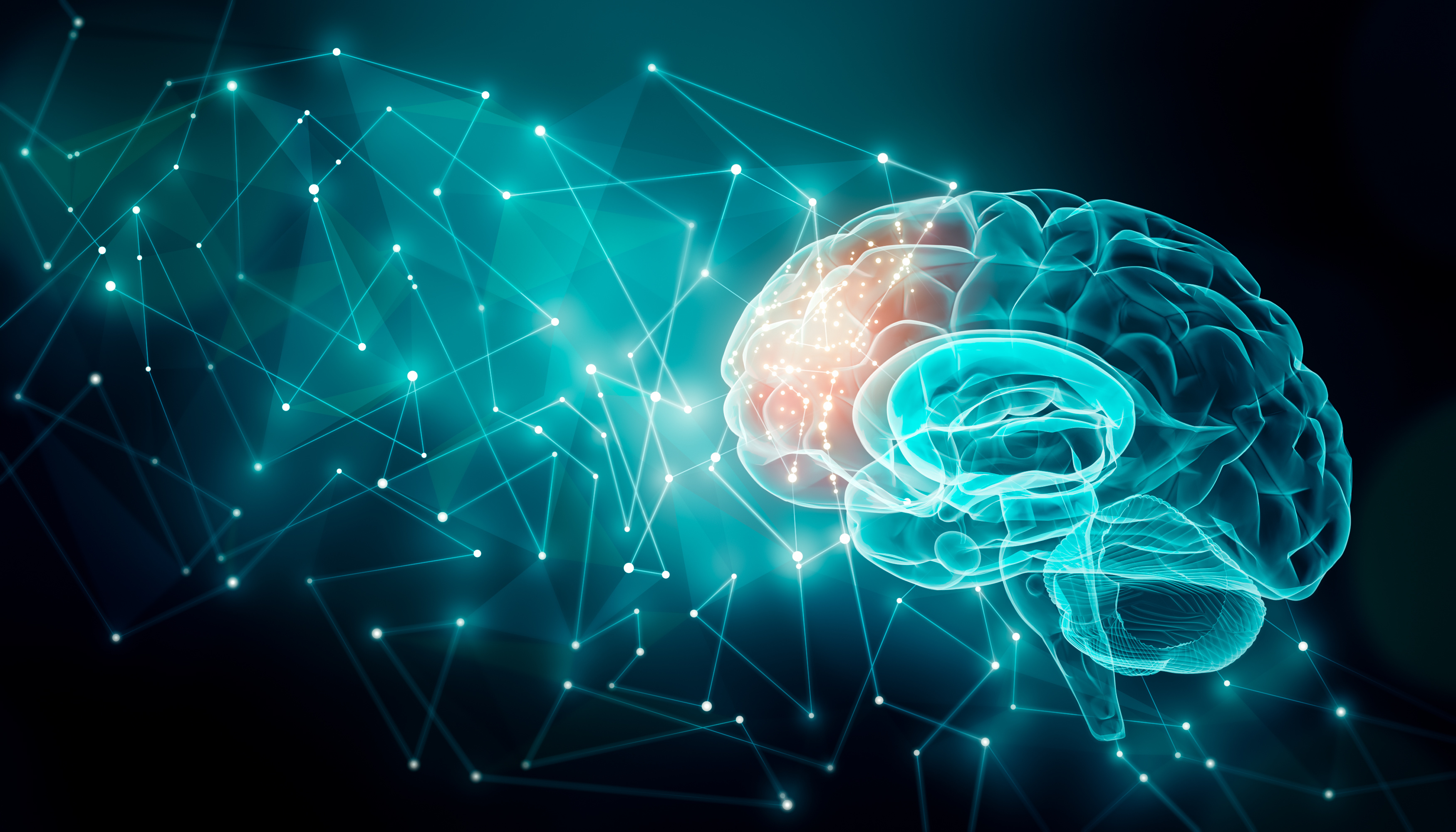The missing link in workplace safety and wellness fatalities and serious injuries
By Theo Heineman, 1Life Safety Solutions

The missing link in workplace safety and wellness fatalities and serious injuries
By Theo Heineman, 1Life Safety Solutions
The most recent statistics from the Association of Workers’ Compensation Boards of Canada (AWCBC) show that in 2017, 951 workplace fatalities were recorded in Canada, an increase of 46 from the previous year. Among these deaths were 23 young workers aged 15 to 24.
Add to these fatalities the 251,508 accepted claims (an increase from 241,508 the previous year) for lost time due to a work-related injury or disease, and the fact that these statistics only include what is reported and accepted by the compensation boards, there is no doubt that the total number of workers impacted is even greater.
Construction was the deadliest industry with 217 fatalities, followed by manufacturing with 160. Trades, transport and equipment operators made up the most dangerous occupations, accounting for 486 fatalities.
Mental health and workplace wellness
The Mental Health Commission of Canada reported that one in five Canadians experience a mental health problem or illness each year, which equals 500,000 employees unable to work every week. Stress and trauma are sited as the primary causes. It was further reported that:
Psychological health problems cost the Canadian economy approximately $51 billion per year, $20 billion of which results from work-related causes.
Forty-seven per cent of working Canadians consider work to be the most stressful part of daily life.
Scientific studies show that productivity, creativity and profits directly corelate to the level of wellbeing experienced by employees in an organization. Despite the combined efforts and expense of industry stakeholders to reduce serious workplace injuries, why can’t industry seem to make significant headway?
A study by Eastern Kentucky University found that between 60 and 80 per cent of workplace incidents are the result of stress-induced issues like distraction.
A Health Canada study showed that an unhealthy work culture (stress) creates three times the risk of heart attack, two to three times the mental health problems and two times the amount of conflicts.
On the other hand, happy workplaces are shown to be ten times more productive.
Is neuroscience the missing link?
Neuroscience is simply the study of the brain and nervous system. The principles of neuroscience not only apply to health, safety and human performance in the workplace, but in fact, may very well be the missing link at the root of why organizations struggle to create lasting change.
Every year, organizations invest billions of dollars in performance-based training that fails to produce the desired results. Why?
A primary reason is the inability to produce the sustained change required to have a lasting impact on human behaviour. True and lasting change requires becoming aware of how the brain works and creates deep seeded habits and beliefs that rest mostly in the unconscious mind.
Impact of stress on workplace safety and health
The stress response is a primitive survival mechanism intended for short term duration. For example, when a deer outruns a wolf, 15 minutes later it goes aback to grazing. When humans regularly turn on the stress response (autocratic leadership, production demands, information overload, second mortgages, teenagers, divorce, traffic, news, etc.) and can’t turn it off, and to the body, it’s like constantly being chased by the wolf.
Stress hormones like adrenaline continually coursing through the body harden tissues and arteries causing symptoms such as stiff muscles and high blood pressure. In the short term, the body’s immune system is suppressed resulting in more employee sick days and absenteeism. Over the long term, the body wears out and genes will be downregulated for greater likelihood of illness and disease. The alarming fact is most people are living in an environment of stress 70 per cent of the time.
A person living in stress is living in survival mode. They are in self-preservation and – just like the animal – will naturally want to fight, run or hide. When in stress, blood is sent from the forebrain to the hindbrain, causing it to fire incoherently. In other words, the brain isn’t working optimally. As a result, workers are more likely to:
How we get addicted to stress
Emotions (positive or negative) create chemicals in the body. Emotions like anger, frustration or stress send a signal to the midbrain to release about 1,500 chemicals down the nervous system and into the body. When people are constantly firing negative thoughts and emotions, just like a person who becomes addicted to caffeine or nicotine, they can get addicted to the emotions (chemicals) of anger and stress and not realize it.
That means people can become addicted to a job or a person they don’t even like. The reverse is also true. Positive emotions produce specific chemicals in the body like serotonin. Some of the benefits of positive emotions include an immune system boost and increases mental cognition, creativity and focus to name a few. This is why “laughter is the best medicine” and happy workplaces have been shown to be ten times more productive.
Habits and safety culture
A habit is the recurring, often unconscious and automatic patterns of thoughts, behaviours or feelings that are acquired through frequent repetition. Like water running down a mountain and carving valleys in the rock, the long-term repetition of habits creates hardwired neuro connections in the brain. By the age of 35, most people are operating 95 per cent from their unconscious mind (habits) and only five per cent from their conscious mind.
To break a habit, people need to become conscious of their unconscious thoughts, beliefs and emotions. They need to consciously override the body’s desire for the comfort of the old known habit and do it long enough so that old connections in the brain are pruned and new neuro connections, or new beliefs and habits, are formed.
So, what is culture? A culture is a group of people with shared beliefs, habits, attitudes and ways of doing things (hardwired neuro networks in their brain). With this understanding of what a habit it, does it make sense why changing habits and evolving workplace culture is difficult?
If we don’t understand how the brain and nervous system contribute to stress and habits, then producing sustained change will be hard, if not impossible because change requires altering neuropathways in the brain. Understanding how neuropathways in the brain are created, sustained and impact human performance provides a doorway to radical shifts in safety performance and culture.
The good news is, there is a science to teach people how to manage stress as well as how to move from old habits to create new ones. Using the understanding of the neuroplastic nature of the brain, a formula can be applied to allow employees to learn new ways to think, act and feel; in short, create a new mindset towards workplace safety and wellness.
True leadership is teaching others to look within to make changes. When employees feel valued, empowered, in alignment with an organization’s mission and believe they are meaningfully contributing, the natural outflow is engagement and a renewed commitment to the organization’s goals. This results in less sick leave taken, improved employee safety and morale, reduced turnover and, ultimately, improved financial results for the organization.
How to transform an organization
The corporate training program, Change Your Mind…Create New Results, is the work of researcher, neuroscientist and New York Times best-selling author, Dr. Joe Dispenza. The program teaches individuals how to take responsibility for their thoughts and attitudes, leading to more engaged, safer and empowered behaviours and profitable organizations.
Theo Heineman is a certified consultant with NeuroChangeSolutions and was personally trained by Dr. Dispenza. For more information on bringing this training to your organization, contact her at www.TheoHeineman.ca.

Matthieu Louis/123rf